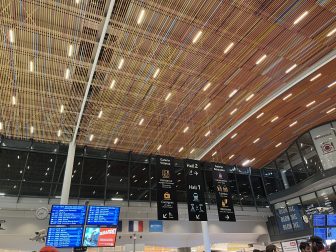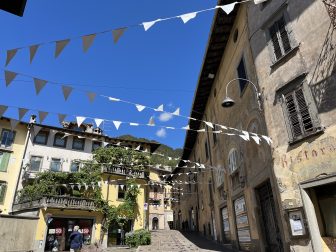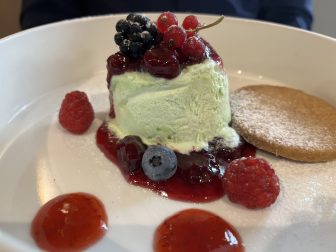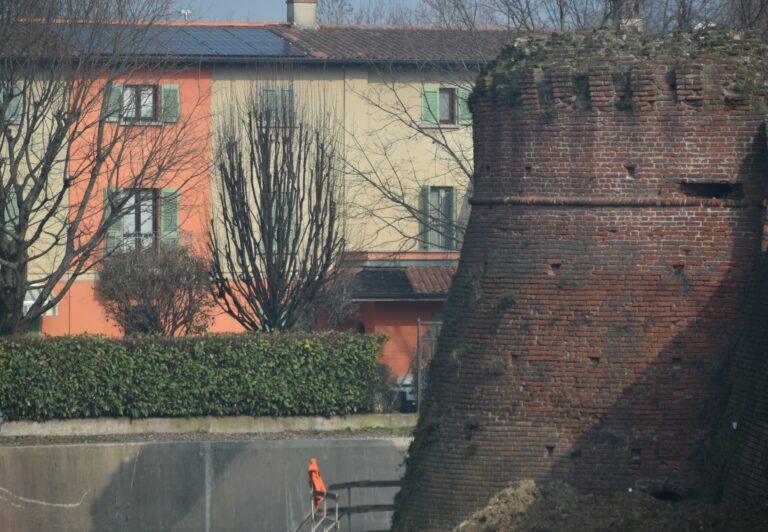
[Feb. 2024] There is a town called Soncino about 70 km east of Milan, Italy.
This town is featured in both the “Historic Villages of Italy” and “The Most Beautiful Villages in Italy” books that we have.
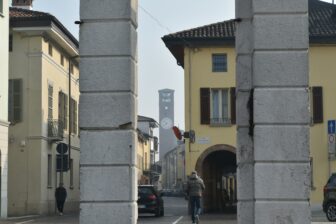
One Sunday when the weather looked good, we drove there from the outskirts of Milan.
It was a foggy morning, and the road was filled with fantastic scenery.
When we arrived in Soncino, we parked the car along the river.
We happened to notice a restaurant that my husband had his eye on online, so he went in and made a reservation.
It’s a small town, so if we don’t make sure we get a table, we might end up missing lunch.
By this time, the fog had cleared and the sun was shining, but the light was hazy, which was a nice atmosphere in itself.
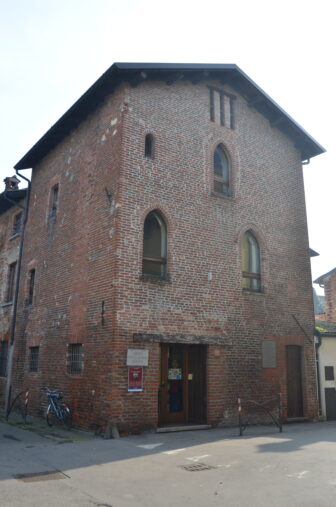
Along the river, we could see the remains of an old-looking city wall.
We entered the old town through the remains of the castle gate called Porta San Rocco and headed first to the Printing Museum.
This museum is also an old-looking building, shaped like a tower.
We bought a ticket here for €7 per person.
This ticket allows you to enter the museum, church and castle.
At the museum, a young but somewhat eccentric man who is a Beatles fan gave us a fast-paced tour.
According to him, in the 15th century, Jews who came from Germany to escape persecution started a pawn shop here.
It was a major initiative of the Sforza family, who needed funds to build a castle.
However, when a nearby monastery started the same business, the Jews switched to printing.
I wasn’t sure, but I guess they came to this town from Germany with printing technology.
They printed the Hebrew Bible here for the first time.
That was in 1488.
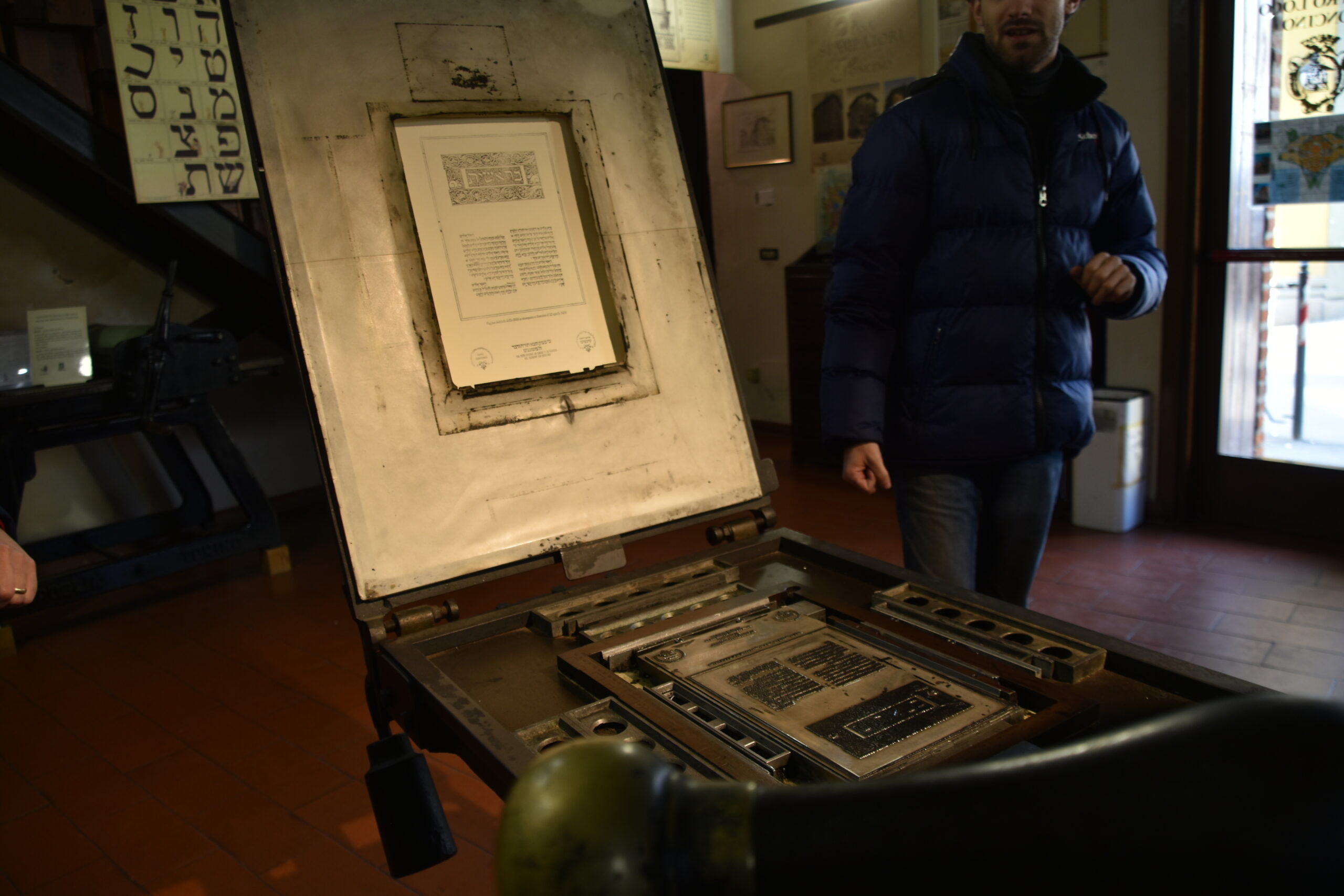
The man said that although Gutenberg is said to be the father of printing, printing itself started somewhere around China.
However, Gutenberg’s unique feature was that he used long-lasting metal.
He showed us a replica of the machine that printed the Hebrew Bible, and actually printed something.
These Jews later left Soncino and split into two groups, one to the Adriatic coast and the other to Venice.
But they were always known as the “Soncino Jews.”
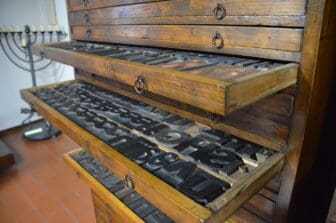
The upper floors of the museum had printing presses from various eras on display, but we just looked around without a guide, so those didn’t make much of an impression on me, but the story of the Jews was very interesting.
My husband and I both got hooked on a religious historical novel called “Q” a few years ago, and considering that the second half of the story was set in Venice and printing was an important part of the story, we imagined that the Jews of Soncino might be involved in the background.
It was exciting to see the novel and historical facts coming together.

